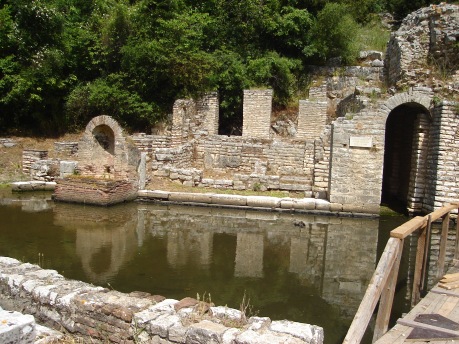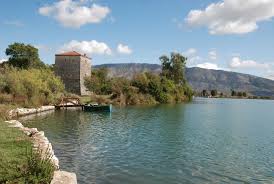SAFRANBOLU
an ancient town on the Silk and Spice Road
famous for its Saffron and its timbered houses
Going off the beaten track is my idea of enjoyable travel. The usual reason for any visit is to do research for a story. In this case, the museum-city of Safranbolu provided a perfect setting and rich details of Ottoman life for a couple of my tales set in Turkey.
The local style of architecture set the standard for all Ottoman architecture throughout the empire. So the environment is special, with the black and white beamed houses and cobbled alleys. It is now a UNESCO World Heritage site.
And it isn't just any hotel owner who greets you on arrival with a tray of tea and cakes, and then asks what are your favourite dishes, so she can prepare them for dinner. During our time in the town we were offered endless free cups of tea and coffee, we had a free tour of the ladies' bathhouse [hammam] and were allowed to spend as long as we wished in any of the museums and galleries.
Thank you, kind people of Safranbolu, for outstanding hospitality.
The town is so special it deserves an article just about itself. The piece I wrote starts on Page 61 in the December issue of The Writers and Readers' Magazine.








